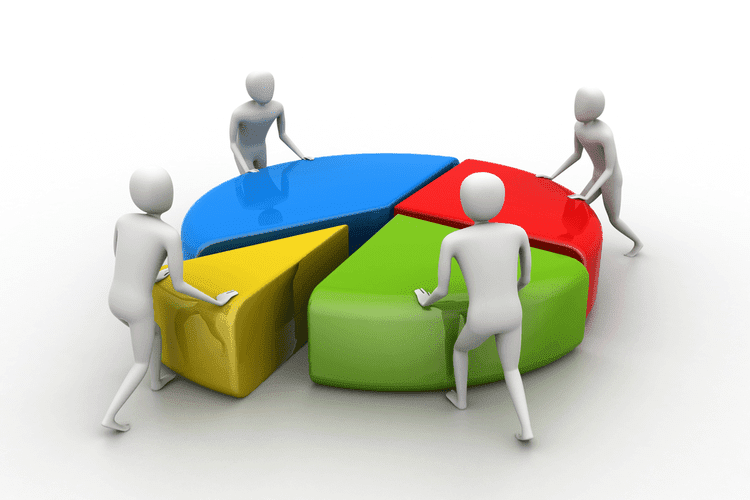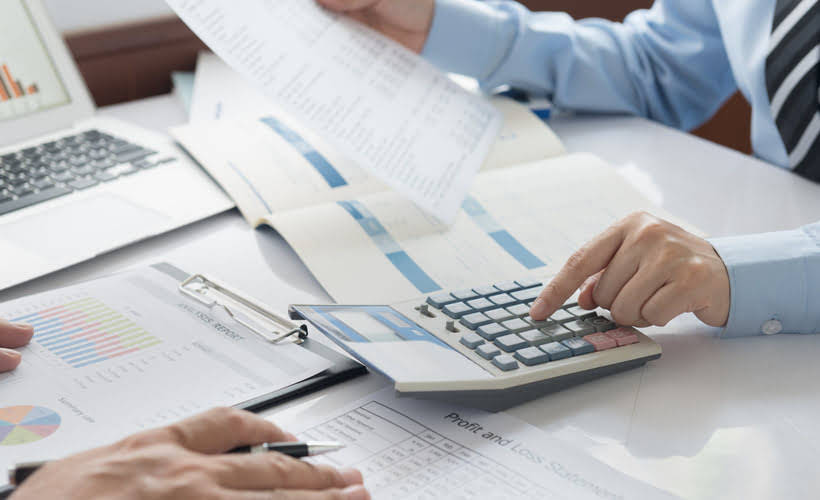
Excluded from this figure are, among other things, any expenses for debt, taxes, operating, or overhead costs, and one-time expenditures such as equipment purchases. The gross profit margin compares gross profit to total revenue, reflecting the percentage of each revenue dollar that is retained as profit after paying for the cost of production. A profit and loss statement is also called an income statement, a statement of profit, or a profit and loss report. Creating one is a standard way to compile historical data for your business to tell its financial story over time. Each monthly or quarterly reporting period, analyze the data vertically to see your business’s monetary resource allocation. Over time, you will also analyze the data horizontally in context with other profit and loss statements to help you to make informed financial decisions and forecasts.

Net Income (Net Profit)
- They are mainly used in business and financial transactions to depict how much profit or loss a trader has incurred from any particular deal.
- It’s a snapshot of your whole business as it stands at a specific point in time.
- Even though a large percentage jump in earnings may seem positive at first glance, if the same period the year prior had very low income, the growth might not be as significant.
- Also, we will learn the profit and loss percentage formula here.
- Some costs like rent and utilities might be fixed, while others like supplies or wages could vary.
- After the above calculations, you’ll be left with your net earnings or the profits generated by your business.
To properly assess a business, it’s critical to also look at the balance sheet and the cash flow statement. The profit and loss formulas can be easily derived if the terms ‘selling price’ and ‘cost price’ are understood. Cost price is the price at which an item is purchased and selling price is the price at which an item is sold.
Types of Profit Margins

When you improve your profit margin, you actually make more money without needing to increase sales or gross revenue. If you are wondering how to calculate gross profit, we have great news for you. Our profit calculator can be used as a gross profit calculator to calculate gross profit. It is entirely up to you since it depends on what you choose to include in the cost calculator’s field; if you stick strictly to the definition of the COGS, the result you get will be gross profit.
Beyond the Profit and Loss Statement
The price at which a product is purchased is called its cost price. The price at which a product is sold is called its selling price. Now, if the selling price is greater than the cost price, then the difference between them is called profit. If the selling price is less than the cost price, then the difference between them is called loss.
- In this case, the selling price is more than the cost price, demonstrating that the store owner made a profit.
- The cash method, which is also called the cash accounting method, is only used when cash goes in and out of the business.
- If the selling price is less than the cost price, then the difference between them is called loss.
- Furthermore, each cost and expense is entered as a negative figure to reflect that the line item represents an outflow of cash.
- Additionally, a P&L statement is necessary to prove that your business is a trustworthy, solid investment.
Profit and Loss Percentage Example

Include petty cash transactions, as well, if it applies to your company. The profit and loss statement demonstrates your business’s ability to generate profits. It shows the sales you’re earning and how you’re managing your expenses. The cost price of a product is the price at which it is purchased, and the selling price is the price at which it is sold. When the cost price of a transaction is greater than the selling price, we incur a loss.

When evaluating a profit and loss statement, it is important to consider statements from previous periods to get a more accurate sense of the rate of change in a company’s revenues and expenses. Profit margins are used to determine how well a company’s management is generating profits. It’s helpful to compare the profit margins over multiple periods and with companies within the same industry. Never increase efficiency at the expense of your customers, employees, or product quality. The profit calculator is a simple tool that lets you calculate the profit that is earned when selling something.
- Businesses routinely prepare a profit and loss statement each month, quarter, or year.
- With Gross Profit in hand and Operating Expenses listed out, the difference gives us the Operating Income.
- However, it can also be used when expenses exceed revenues for a particular period, resulting in net loss.
- The latter can be used by company management to determine how effective its business decisions were.
- When evaluating a profit and loss statement, it is important to consider statements from previous periods to get a more accurate sense of the rate of change in a company’s revenues and expenses.
- The gross profit margin is a formula that uses gross profit and revenue to help companies understand how much of their revenue equates to gross profit.
- This helps manage the company’s books more accurately and understand its overall profitability.
Total All Expenses
Net profit is the revenue minus cost of goods sold, operating expenses, and all other expenses incurred by the business. Items included in operating expenses are rent, salaries/wages for employees outside of production, business travel costs, property what is the equation used to calculate profit and loss? taxes, and research & development costs. Because expenses that make up COGS, such as direct materials and direct labor, are inevitable expenses, investors consider gross profit a measure of a company’s overall ability to generate profit.
Formula For Break-Even Point
- This means that the company generates 21 cents of net profit for every dollar of revenue.
- Every product on the market has a cost price as well as a selling price.
- Finding new customers and marketing your goods or services to them consumes time and is expensive.
- Daily we come across a variety of situations where we calculate or compare things in “per cent”.

